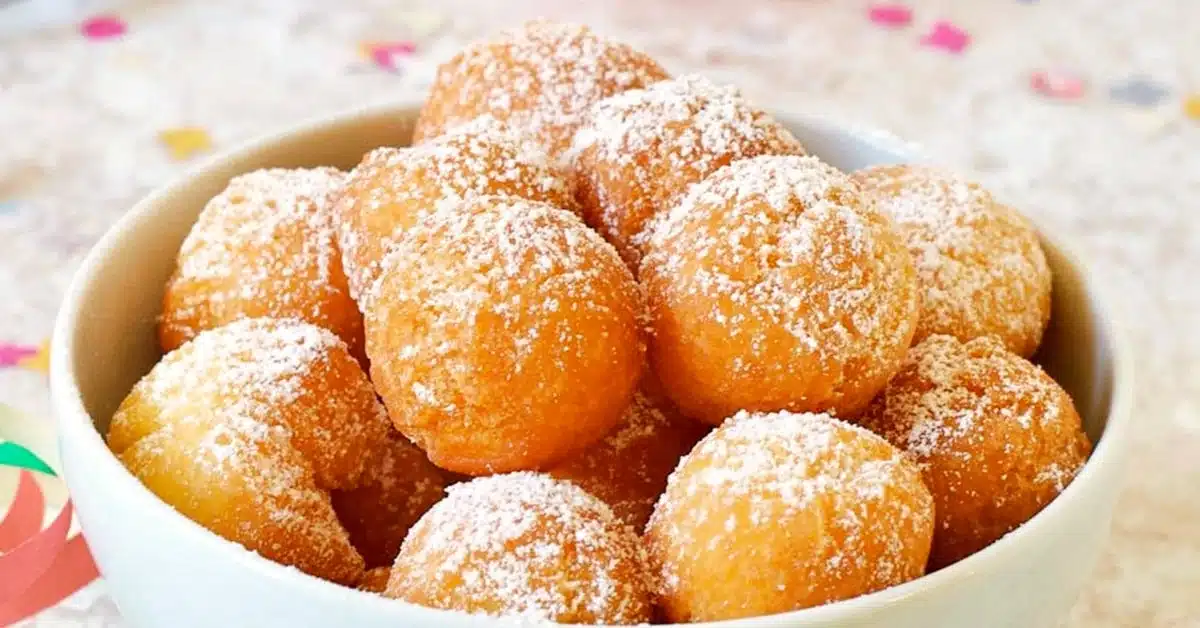The Gulf Coast’s original French settlers, who stopped first in Biloxi and then found higher ground in Mobile, brought with them the tradition of Mardi Gras, French for Fat Tuesday, the day before Lent starts. The festival’s roots come from the pagan festivals of Saturnalia and Lupercalia; occasions now long forgotten. Lent is 40 days of prayer and fasting before Easter, the celebration of the resurrection of Jesus Christ. Mardi Gras is in fact the big party before the deprivations of Lent. The holiday migrated to New Orleans, where it became the city’s largest and most popular celebration, so big it literally closes down Bourbon Street.
Traditionally, we celebrate Mardi Gras with, most famously, King Cake, beignets, pecan pralines but also jambalaya, gumbo, etouffée. I don’t always like to stick with tradition and decided to take a look at what foods the Italians serve for this special day. Castagnole, chiacchiere, and Migliaccio are three of the most common, all dishes I have never heard of, but I am always up for a culinary challenge.

Castagnole, the most popular treat for Carnival, are deep fried balls of dough that are fried, then dusted with sugar. This treat comes from north central part of Italy, which includes Tuscany, and Emilia-Romagna. They are soft on the inside and crunchy on the outside.
The basic ingredients are flour, baking powder, salt, sugar, eggs. Orange zest, vanilla, butter and orange juice. The dough is kneaded, rolled out rope like, then cut into small pieces.
Chiacchiere are very similar, and are made with flour, sugar, eggs, and a bit of liquor, rolled out just like the castagnole, and deep fried. are thin strips of dough that puff up immediately when dropped in hot oil and the result is a crispy, not at all greasy bite that is as addictive as chips. I’m speaking from experience ’cause every time I pass by that container on the counter I stop to take just one more!
Migliaccio is a semolina cake popular in southern Italy, especially during carnival. They are flavored with lemon zest, cinnamon and is similar to cheesecake but richer. .
Migliaccio. Traditionally, the main ingredient was millet: Flour obtained from this grain was a customary ingredient in many Neapolitan “cucina povera” recipes. These days, semolina is generally used instead. It’s cooked in a mixture of milk and butter and then combined with other basic ingredients such as eggs, sugar, and ricotta cheese. As simple to prepare as it is unique in taste and texture, migliaccio is bound to become one of your favorite desserts, especially on joyful and colorful Carnival-like occasions. Bring it proudly to the table and your guests won’t be able to resist popping their streamers to celebrate!